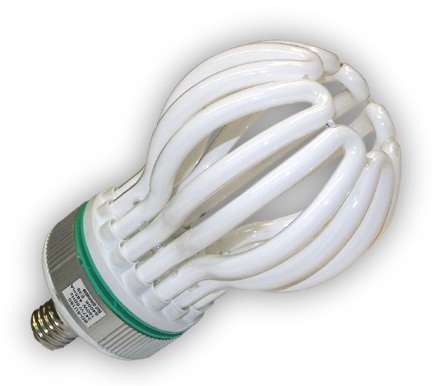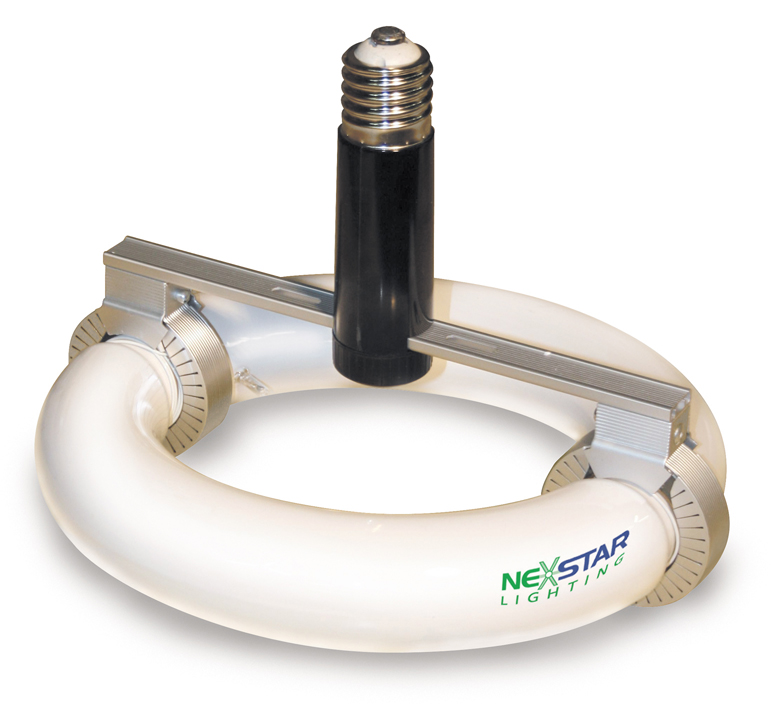
Electrical
Lighting efficiency series: Conserving capital
In the last article we looked at various options to increase your energy savings through the use of sensors, dimming ballasts and control systems to fully optimize the lighting system. Maximizing energy cost savings can help make a project more attractive from an investment perspective.
August 10, 2009 By Greg Jones
Equally important is finding the best way to achieve the energy savings with minimum capital cost. In the majority of cases, the optimum solution for an existing building is a lighting retrofit.
A lighting retrofit can be achieved in a number of ways but the primary objective is to salvage as much as possible of the existing infrastructure. In most retrofit situations it is desirable to leave the existing fixture layout and the associated conduit and wiring in place. Relocating conduit and altering the fixture grid pattern can be very expensive.
In most warehouse and industrial facilities the most common retrofit will remove the existing fixtures and replace them with a suitable fixture that will provide the desired light level. It can be a challenge to achieve the right light level with a new fixture using the existing conduit grid but a good designer will find the solution. In this case, T8 fixtures are often used since they provide the greatest design flexibility due to the number of lamps, type of ballast and the lamp wattage.
The second item most designers will look at is the retrofit of the existing fixtures. This is often much more cost effective than installing new fixtures. The most common example of this approach is the conversion of T12 fluorescent lamps in offices and low bay industrial/warehouse space. The typical solution here is to convert the fixtures to T8 fluorescent technology with a new ballast, lamps and sockets as required. A good designer will also make use of retrofit kits to enhance the appearance of the finished project and to allow the best products to be installed to minimize ongoing maintenance costs. For this reason most T12 U tube lamps should be
converted to T8 linear lamps with a kit.
More recently, metal halide fixtures can also lend themselves to a retrofit solution. For many years existing metal halide fixtures have been retrofit to pulse start technology with about a 25 per cent energy saving. It is now also possible to retrofit metal halide to fluorescent technology using a high bay CFL or an induction lamp. The CFL is suited to operations with low annual hours to cost effectively achieve energy savings of 50 per cent. In this case, the line voltage is re-wired directly to the existing socket and the lamp is inserted. The induction retrofit is well suited for operations with long operating hours or for fixtures that are expensive to maintain. For the induction retrofit, the existing metal halide ballast is replaced with a new ballast. The induction lamp is then simply inserted into the existing metal halide fixture socket. Savings of 50 per cent can be achieved.


To determine the optimum solution for any lighting project requires the detailed review and consideration of many options. The final design may also affect the financial incentives available from your local utility or government.
Greg Jones (g.jones@nexstarlighting.com) is President of Nexstar Lighting.
Print this page